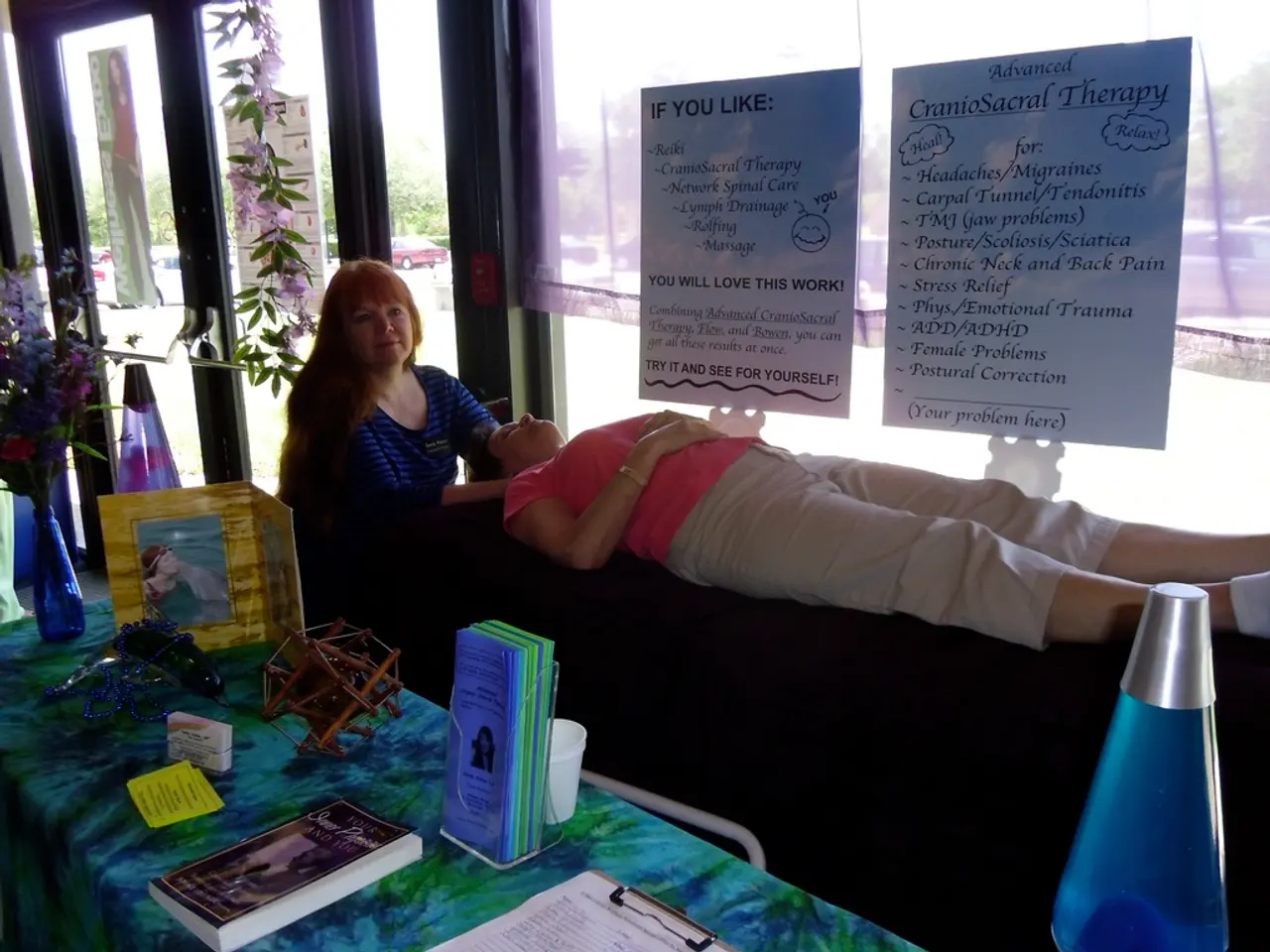Understanding Depression Signals: Identifying the Symptoms and Following the Right Course of Action
Depression is a common mood disorder that affects millions of people worldwide. It's more than just feeling sad or down; it's an enveloping state of emotional and physical suffering. People who experience depression often describe it as a pervasive, overwhelming sense of sadness or emptiness that is difficult to overcome.
The two main symptoms that define Major Depressive Disorder (MDD) are depressed mood and loss of interest or pleasure (anhedonia). To receive a diagnosis of MDD, one must meet specific requirements as outlined in the DSM-5, including experiencing at least five of the listed symptoms for at least two weeks.
Subjective experiences commonly reported include persistent sadness or hopelessness, reduced motivation, withdrawal from family, friends, and activities, emotional numbness or emptiness, cognitive effects such as slowness of thought and difficulty concentrating, physical symptoms including changes in appetite and sleep, and negative emotional language. These subjective experiences often coexist with anxiety, dread, frustration, or anger.
Depression can manifest differently in men and women. In men, depression may manifest as increased irritability, frustration over minor matters, or angry outbursts, as well as escapist behavior, physical complaints, risky or reckless behavior, alcohol or drug use, and reluctance to talk about feelings of sadness due to perceived gender roles. Women, on the other hand, are nearly twice as likely as men to be diagnosed with depression and are uniquely susceptible to premenstrual dysphoric disorder, perinatal depression, and perimenopausal depression.
Depression can impact multiple areas of someone's life, including social life, romantic life, productivity, self-esteem, weight, and energy levels. It can make activities unenjoyable and overwhelming. Severe depression symptoms can include hallucinations or delusions, complete inaction (stupor or catatonia), reckless behavior, and suicidal thoughts or plans.
Fortunately, depression is highly treatable, especially with early intervention. Treatment options include therapy (such as cognitive behavioral therapy, dialectical behavior therapy, interpersonal therapy, and psychodynamic therapy), medication (such as SSRIs and SNRIs), transcranial magnetic stimulation, electroconvulsive therapy, and esketamine (for cases of treatment-resistant depression).
It's important to seek guidance from a mental health professional if experiencing symptoms lasting two weeks or longer that interfere with daily functioning. Depression can make someone feel numb, hopeless, and isolated, with no clear reason for low moods. Remember, it's okay to ask for help.
References:
[1] National Institute of Mental Health. (2021). Depression. Retrieved May 18, 2023, from https://www.nimh.nih.gov/health/topics/depression/index.shtml
[2] American Psychiatric Association. (2013). Diagnostic and Statistical Manual of Mental Disorders, Fifth Edition (DSM-5). Arlington, VA: American Psychiatric Publishing.
[3] World Health Organization. (2021). Depression. Retrieved May 18, 2023, from https://www.who.int/news-room/fact-sheets/detail/depression
[4] Mayo Clinic. (2021). Depression. Retrieved May 18, 2023, from https://www.mayoclinic.org/diseases-conditions/depression/symptoms-causes/syc-20376449
[5] Kuiper, G., & Alloy, L. B. (1972). The role of language in depression: A test of the linguistic hypothesis. Journal of Personality and Social Psychology, 24(2), 144-153.
Science plays a crucial role in understanding and addressing mental health issues such as depression, providing evidence-based treatments and interventions. For instance, health-and-wellness initiatives often incorporate the findings from psychological research on depression to create effective strategies for reducing symptoms and promoting emotional well-being.
Mental health professionals, utilizing resources from authoritative sources like the National Institute of Mental Health, the American Psychiatric Association, the World Health Organization, and the Mayo Clinic, employ various therapeutic approaches (such as cognitive behavioral therapy and medication) to help individuals manage their depression and improve their overall mental health.




